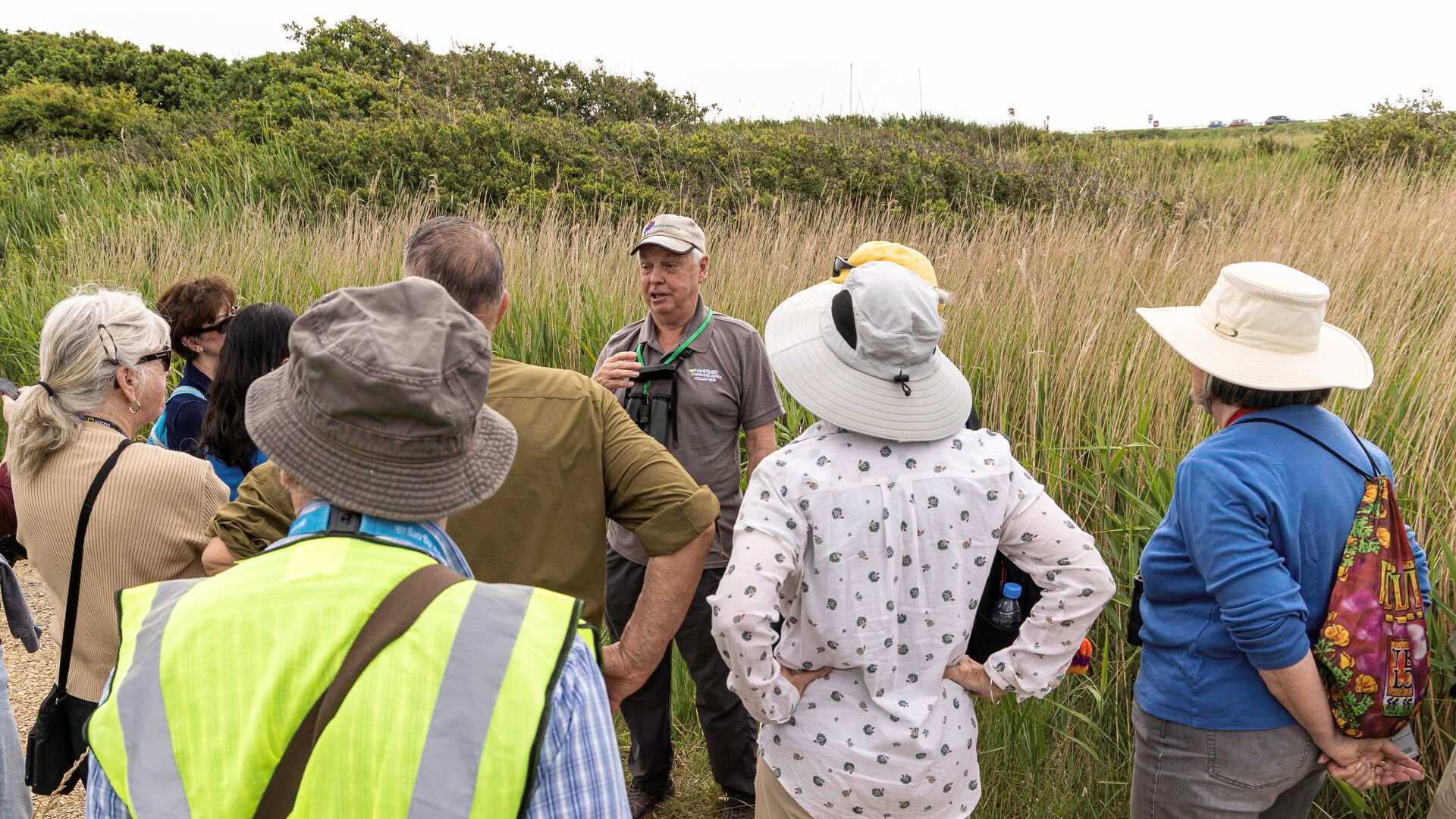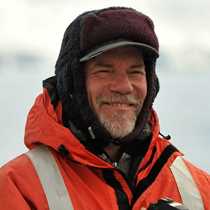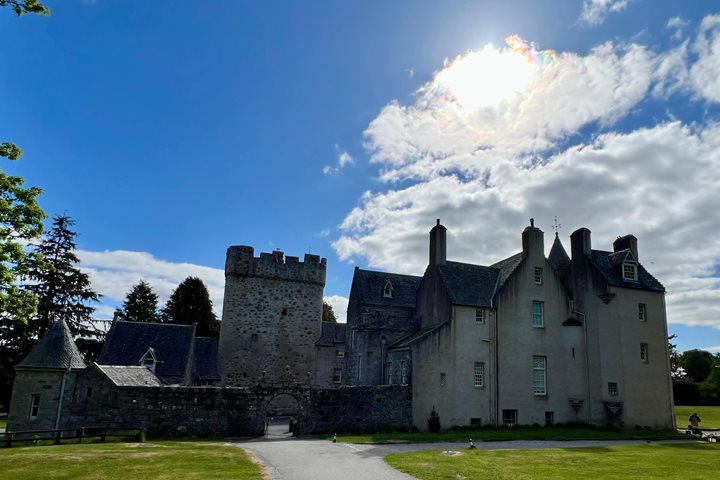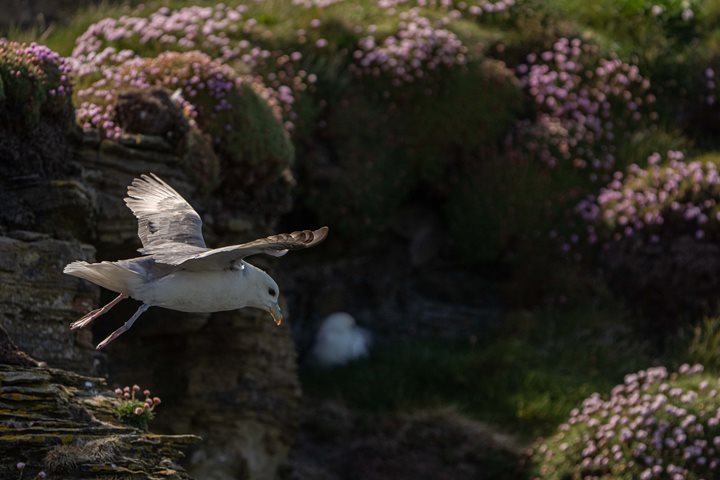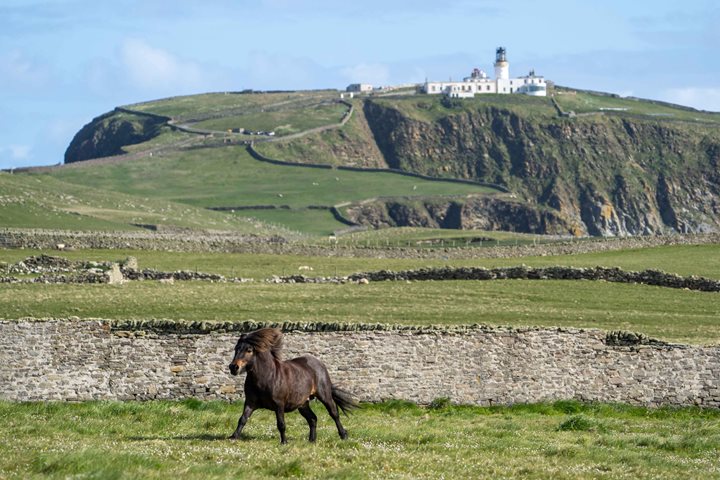After leaving the white cliffs of Dover behind us in last night’s sunset, we cruised west in the English Channel all night and this morning arrived in the historic port city of Portsmouth. Several options were available for our excursions today, including a very special visit to Southwick House, where the details of the D-Day invasion were planned. There was also an opportunity to visit a beautiful local wildlife reserve at Titchfield or to explore the historic docks and ships at the old naval dockyards in the center of Portsmouth’s harbor. Whichever option we chose, it was a great way to begin getting to know some of the beautiful and fascinating details of Southern England.
5/23/2025
Read
National Geographic Explorer
Aberdeen
Blue skies, a comfortable temperature, and a gentle breeze accompanied guests as they enjoyed visiting the beautiful Aberdeenshire countryside and the city of Aberdeen. As guests disembarked for their morning activities, a lone piper played traditional tunes at the foot of the gangway, a very warm greeting to Aberdeen that further enhanced our overall Scottish experience. While some guests had the opportunity to visit Highland Cattle and Scottish Blackface sheep at a nearby farm, others were able to spend a wonderful morning at either Drum Castle or Crathes Castle. Castle visits included a guided tour of these fortified homes and were followed with independent time, during which guests enjoyed walking through the beautiful gardens and woodlands. For those guests that participated in the city tour of Aberdeen, the sunny conditions highlighted the ornate structures of the Granite City, so named because many of the buildings are constructed of the rock that is found in the hillsides surrounding the city. A glorious morning was enjoyed by all in this remarkable city and its surroundings.

